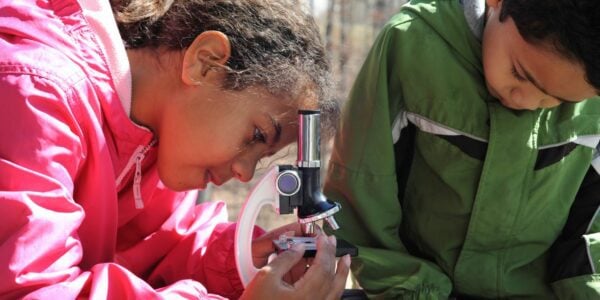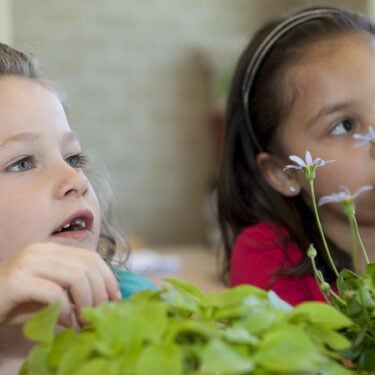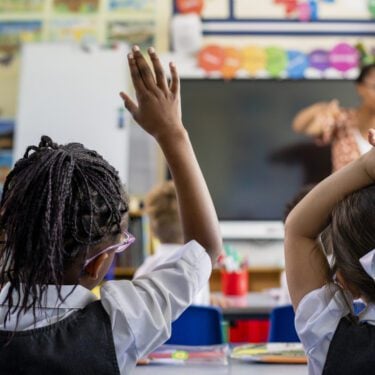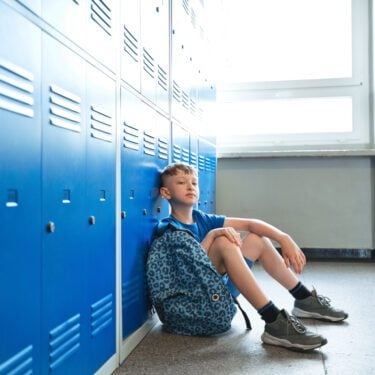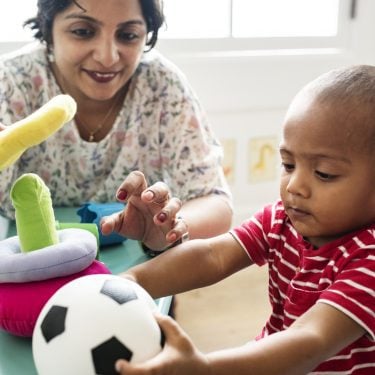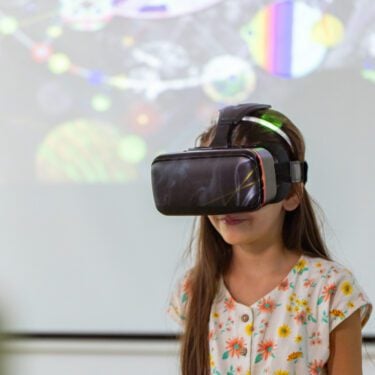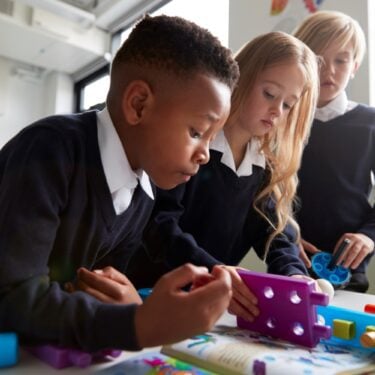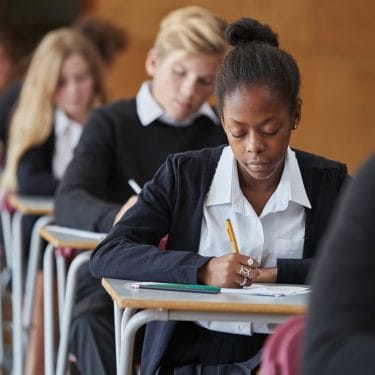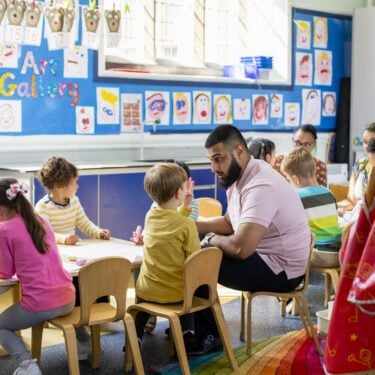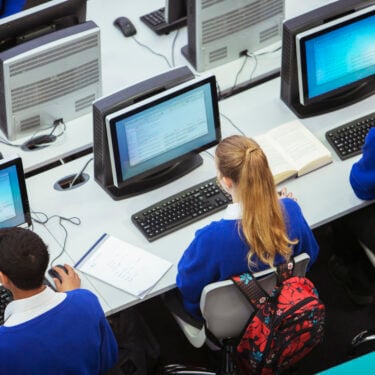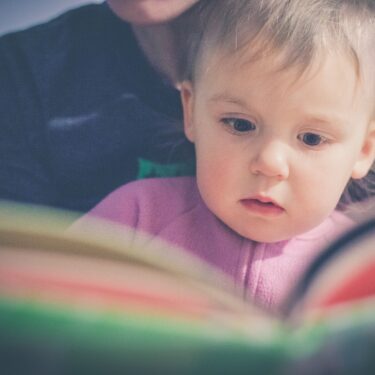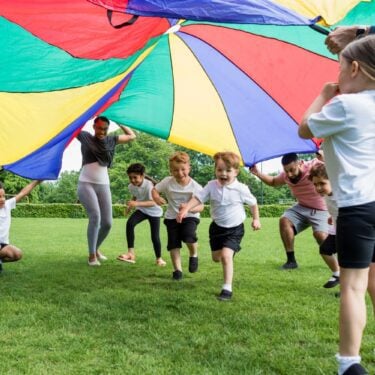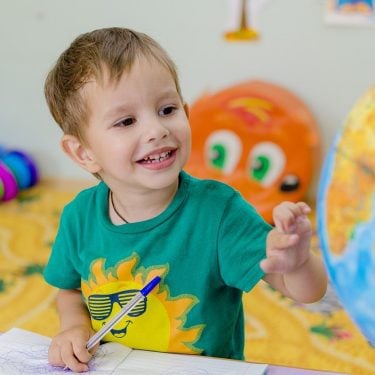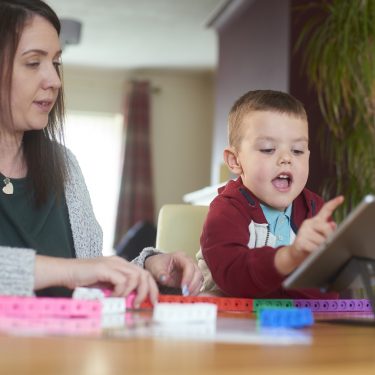-
Sarah EarleBath Spa University
-
Lynne BianchiUniversity of Manchester
-
Stuart ReadBath Spa University
Project overview
Research aims
Practical work is a distinctive feature of science teaching, but its role in primary science is not always clear, with teachers uncertain about how to use it most effectively to support learning. This study viewed practical work from a uniquely primary perspective, to consider how purposeful and effective practical work is understood and enacted in primary school science in the UK.
Research approach and findings
Drawing on a scoping literature review examining 195 documents, 231 responses to a stakeholder survey and 34 teacher interviews, this research makes three key contributions to the field: a new definition, a prioritisation of purposes and a model for pedagogy.
The literature, survey and interview responses all promoted practical work as a defining feature of primary science teaching, that supports children’s engagement and learning in science.
The study proposes a new definition of practical work in primary science, that emphasises the importance of children communicating about their ‘hands-on’ (sensory experiences), ‘minds-on’ (science thinking) interactions with the world around them:
Children observe, manipulate, communicate and connect their science thinking through sensory learning experiences with physical objects and phenomena.
A wide range of possible purposes for practical work in primary science were found in the study, but it is proposed that a ‘core’ purpose should be selected, so that the intended science learning is explicit and focused.
From the child’s perspective, three features of effective practical work are identified: ‘hands-on’ sensory engagement, ‘minds-on’ cognitive engagement and multimodal communication. From the teacher’s perspective, three essential elements are represented in the Pedagogy Model: purposefully setting up practical work with a defined core purpose, explicitly connecting practical work to science learning, and adapting feedback to children and scaffolding support throughout the activity.
Implications and next steps
The outputs of the project are of interest for teachers, science subject leaders, senior leaders, head teachers, governors, science consultants, Initial Teacher Educators, STEM organisations, the science learned bodies and UK policymakers.
Examples are provided within the report to demonstrate practical work in primary science. Further exemplification would be useful to represent the breadth of topics and year groups in the primary age phase, hence an extension year has been added to the project for the development of videos of classroom practice.

